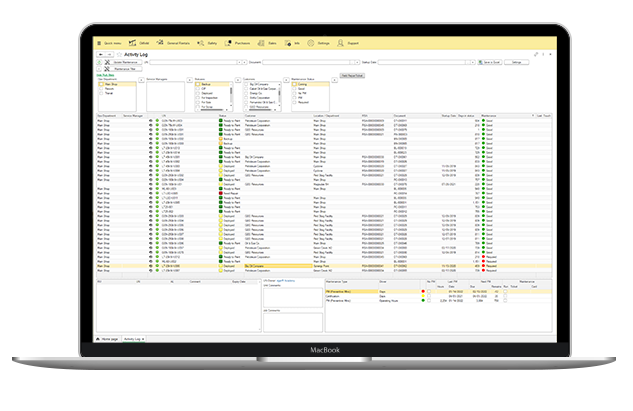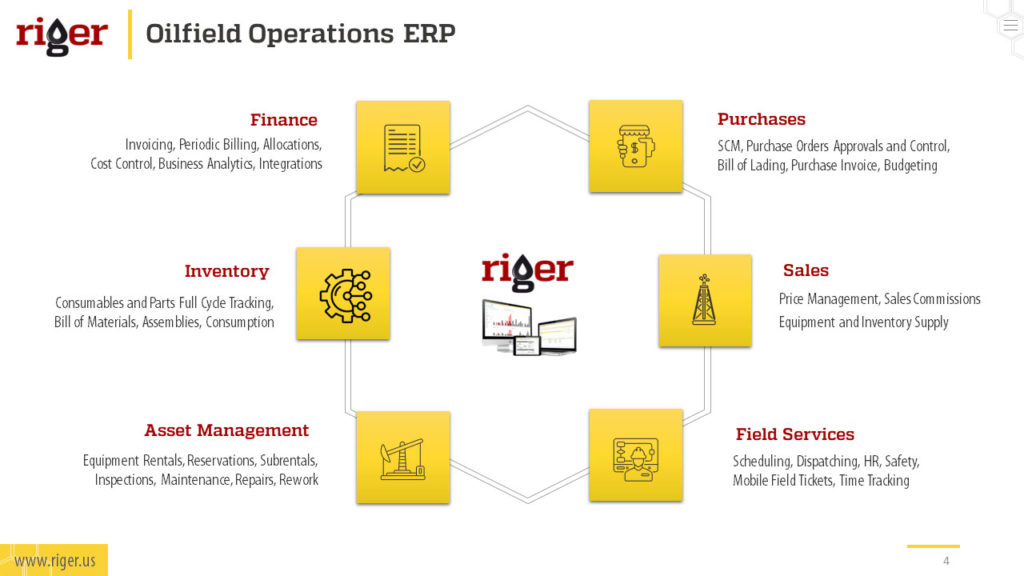Effective asset management is crucial for the success of oilfield operations. However, the oil and gas industry faces several challenges when it comes to managing assets. In this article, we’ll explore some of the challenges in asset management for oilfield operations, as well as opportunities for improvement. We’ll also discuss the role of asset management software in addressing these challenges.
Challenges in Asset Management for Oilfield Operations
One of the biggest challenges in asset management for oilfield operations is the sheer scale of the industry. Oil and gas companies typically have a large number of assets spread out over vast geographical areas, making it difficult to keep track of everything. Additionally, these assets are often located in remote and challenging environments, which can make maintenance and repair work difficult and expensive.
Another challenge is the aging infrastructure in many oilfields. Many of the assets in use today were installed decades ago and may be reaching the end of their useful life. This can make it difficult to maintain these assets and keep them operating at peak efficiency.
Finally, the industry is facing increased pressure to reduce its environmental impact. This means that companies must not only manage their assets effectively but also do so in a way that is environmentally responsible.
Opportunities in Asset Management
Despite these challenges, there are also several opportunities for improvement in asset management for oilfield operations. For example, advancements in technology such as IoT (Internet of Things) devices and predictive analytics have made it easier to collect data on equipment performance and identify potential issues before they become major problems. This can help companies reduce downtime and prevent costly breakdowns.
Another opportunity is the increasing emphasis on sustainability in the industry. By implementing environmentally friendly practices, oil and gas companies can not only reduce their impact on the environment but also save money in the long run.

